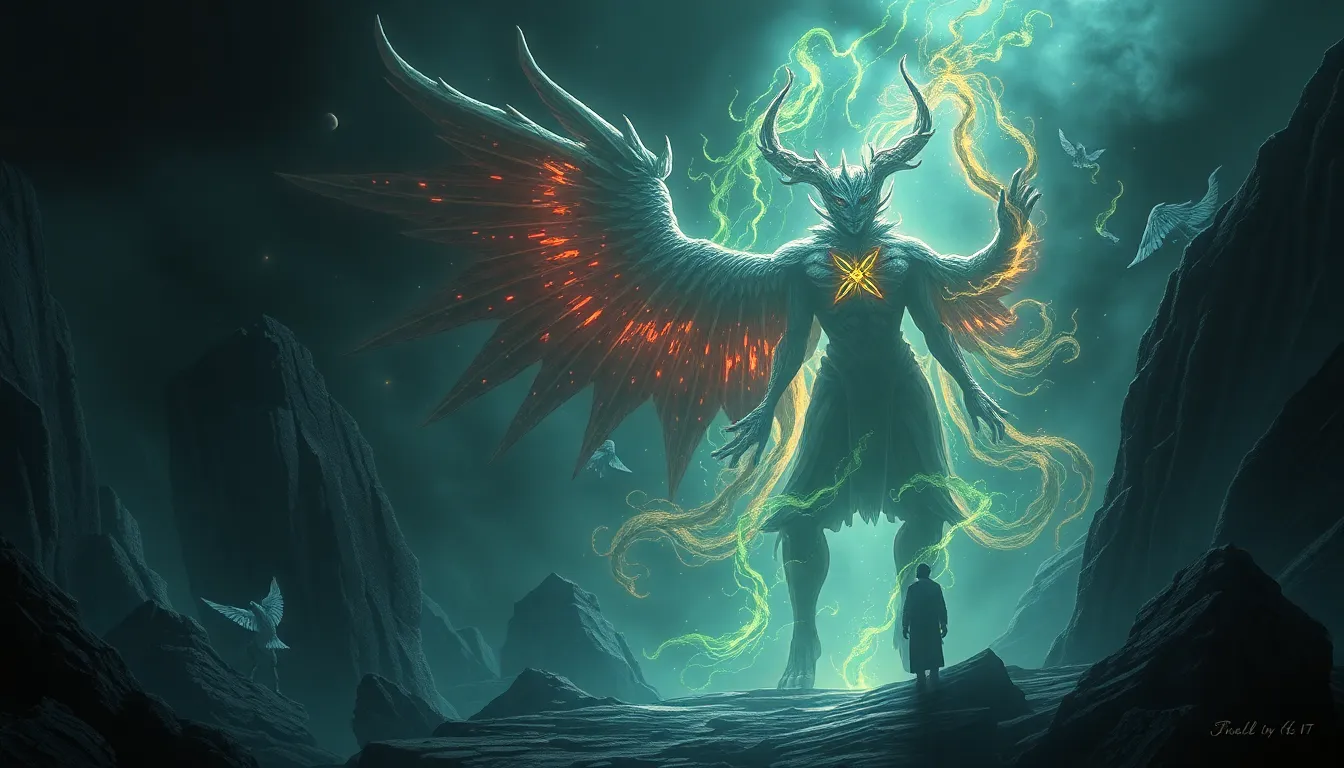The Symbolism of Conflict and Resolution in Roman Mythology
Introduction to Roman Mythology
Roman mythology, rich and vibrant, is a treasure trove of intriguing stories that often mirror the complexities of human nature. Within these tales lie themes that explore the depths of conflict and the journey towards resolution.
Conflict in Roman Mythology
Conflict is a recurring motif in Roman mythology, symbolizing the struggle between opposing forces such as gods and mortals, order and chaos, or good and evil. This conflict is often depicted through epic battles between deities like Jupiter, the king of gods, and rebellious figures like Prometheus who dared to challenge divine authority.
One of the most famous conflicts in Roman mythology is the tale of Romulus and Remus, twin brothers raised by a she-wolf who later became founders of Rome. Their tragic story encapsulates themes of betrayal, power struggles, and the eternal quest for supremacy.
Resolution in Roman Mythology
Resolution in Roman mythology signifies the restoration of balance and harmony after periods of turmoil and discord. This resolution is often achieved through acts of valor, sacrifice, or divine intervention. One such example is the myth of Aeneas, a Trojan hero fated to found Rome, who overcomes numerous obstacles to fulfill his destiny and establish a new civilization.
In the story of the rape of Proserpina by Pluto, the queen of the underworld, resolution is found through the compromise that allows Proserpina to divide her time between the underworld and the world above, symbolizing the cyclical nature of life and death.
Symbolism and Reflection in Roman Mythology
The symbolic landscape of conflict and resolution in Roman mythology serves as a mirror for the struggles and triumphs of humanity. These timeless tales inspire introspection, impart moral lessons, and offer solace in understanding the ebb and flow of life’s challenges.
Through the narratives of gods and heroes, Romans found meaning in their own struggles, seeing parallels between the celestial conflicts of their deities and the everyday obstacles they faced. The resolution of these myths offered hope and guidance, reminding them that even in the face of adversity, there is always a path towards harmony and renewal.
In conclusion, the symbolism of conflict and resolution in Roman mythology transcends mere storytelling. It layers fundamental truths about the human experience, resonating with us across time and cultures. These myths invite us to ponder the nature of our own conflicts, seek pathways to resolution, and ultimately, discover the enduring wisdom that lies within these ancient tales.
FAQ: The Symbolism of Conflict and Resolution in Roman Mythology
What is the significance of conflict in Roman mythology?
In Roman mythology, conflict often symbolizes the eternal struggle between good and evil, order and chaos, or divine and mortal forces. These conflicts serve as allegorical representations of the complexities of life and the moral lessons imparted through mythological narratives.
How does resolution play a role in Roman myths?
Resolution in Roman mythology signifies the restoration of balance, harmony, and justice after the conflicts depicted in the stories. It highlights the importance of overcoming challenges, finding solutions, and ultimately achieving reconciliation or peace in the mythical world.
Can you provide examples of conflict and resolution in Roman mythology?
Certainly! One notable example is the conflict between the god Jupiter (representing order and divine power) and the Titan Saturn (symbolizing chaos and rebellion), which culminates in Jupiter’s victory and the establishment of a new order. Another example is the resolution of the conflict between Aeneas and Turnus in Virgil’s “Aeneid,” reflecting themes of destiny, honor, and the foundation of Rome.



